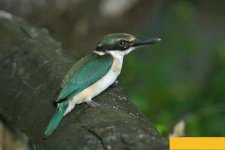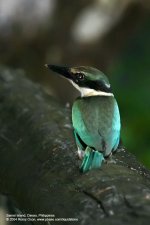cuckooroller
Registered User
ID Help - Unknown Australasian Kingfisher
Folks,
I have an idea of what this is but would like to hear other voices. The image is posted with permission of the photographer. Purposely cropped to eliminate indication of specific location.
I would appreciate any help that eliminate possible lingering doubts as to it's true identity.
The header should read Australasian and not Australian. This photo was not taken in Australia.
Folks,
I have an idea of what this is but would like to hear other voices. The image is posted with permission of the photographer. Purposely cropped to eliminate indication of specific location.
I would appreciate any help that eliminate possible lingering doubts as to it's true identity.
The header should read Australasian and not Australian. This photo was not taken in Australia.
Attachments
Last edited:







